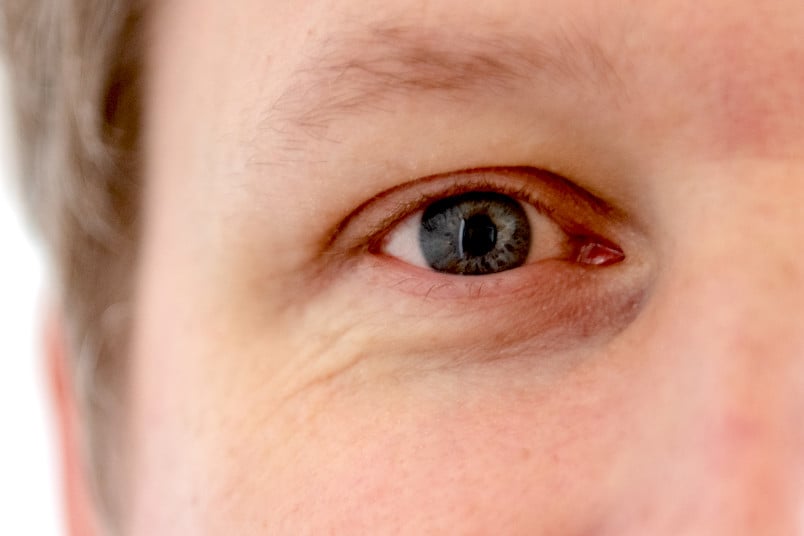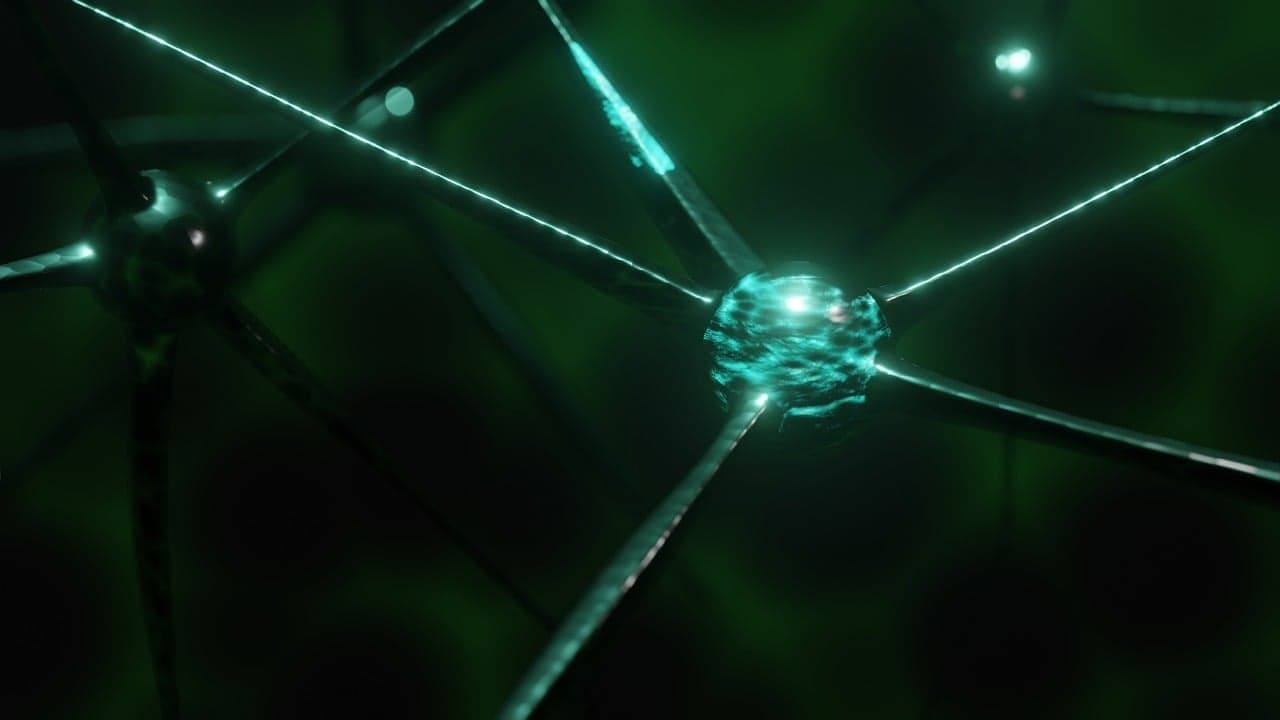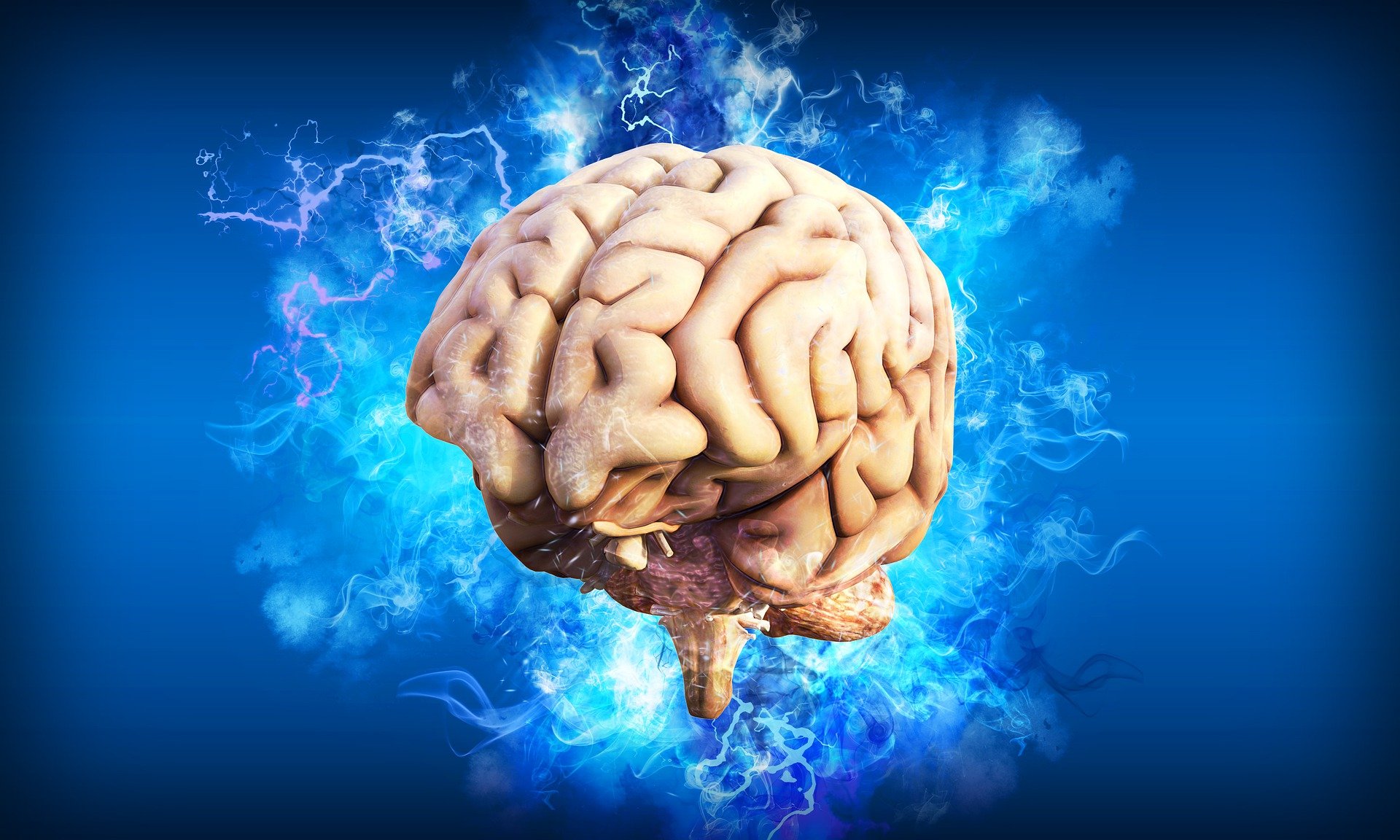
There are many causes of blindness. It can be congenital, for example, because the retina in the eye is not properly formed. Or because of hereditary retinal diseases. Or it can develop over the course of a lifetime, as a result of retinal diseases, diabetes, glaucoma, or eye injuries. But processes in the brain such as bleeding, swelling, or vascular occlusion can also lead to a loss of vision.
Scientists from Germany, Switzerland, and Canada are currently researching a miniature camera that will help blind people to see again – at least partially. The camera captures visual information. This is then transmitted as a pattern to implants in the brain. Which is how blind people can experience visual impressions again.
Learning the language of the brain
The planned implants are designed to specifically address areas in the brain which are responsible for processing visual information, explains Dr. Dirk Jancke, a neuroscientist at the Ruhr-Universität Bochum (RUB) in Germany. “In order to develop this type of brain-computer interface, we must learn to speak the language of the brain through micro-electrical means.”
The aim of the project is to provide technical aids to people who are blind “to make visual information accessible to them, which they can use in everyday situations.” The project will also provide “important basic knowledge for the diagnosis and treatment of neurophysiological diseases of the brain,” the researcher adds.
For some time now, war prosthetics (cochlear implants) have been available for the deaf and people who have lost their hearing over the course of their lives. However, prosthetics for the sense of sight are only feasible to a limited extent. For instance, electronic retinal implants can be used for diseases of the retina such as retinopathia pigmentosa. However, for key diseases of the visual system, such as those caused by diabetes mellitus, visual aids are only possible if brain activity can be controlled directly.
285 million people affected worldwide
According to estimates made by the German Association for the Blind and Visually Impaired, there are about 155,000 blind people and about 500,000 visually impaired people in Germany. Whereas in Europe, 30 million blind are estimated to be blind or partially sighted. According to figures from the World Health Organisation (WHO), around 285 million people worldwide suffer from visual impairments. Of these, about 39 million are fully blind. “Of course, the method cannot restore vision to all blind people,” says Jancke. “It always depends on what caused the blindness.”
At present, the ‘I See’ project is still a vision, but scientists hope to be able to help people affected in the future so that they can improve their quality of life. “Disruptions in brain function are accompanied by severe constraints on the quality of life,” they explain, “The loss of vision is particularly tragic in increasingly visually-oriented worlds.
EU funding
The project is funded by the European Commission to the tune of around €900,000. Cooperating partners are Udo Ernst (coordinator) and David Rotermund, Computational Neurophysics, Institute for Theoretical Physics, University of Bremen, Bogdan Draganski, Laboratory for Research in Neuroimaging, Department of Clinical Neurosciences, Centre Hospitalier Universitaire Vaudois and University of Lausanne, Lausanne, Switzerland, Michael Herzog, Laboratory of Psychophysics, École Polytechnique Fédérale Lausanne, Dirk Jancke, Optical Imaging Group, Institute of Neuroinformatics, Ruhr-Universität Bochum, and Christopher Pack, Department of Neurology and Neurosurgery and Montréal Neurological Institute, McGill University, Montréal, Canada.








